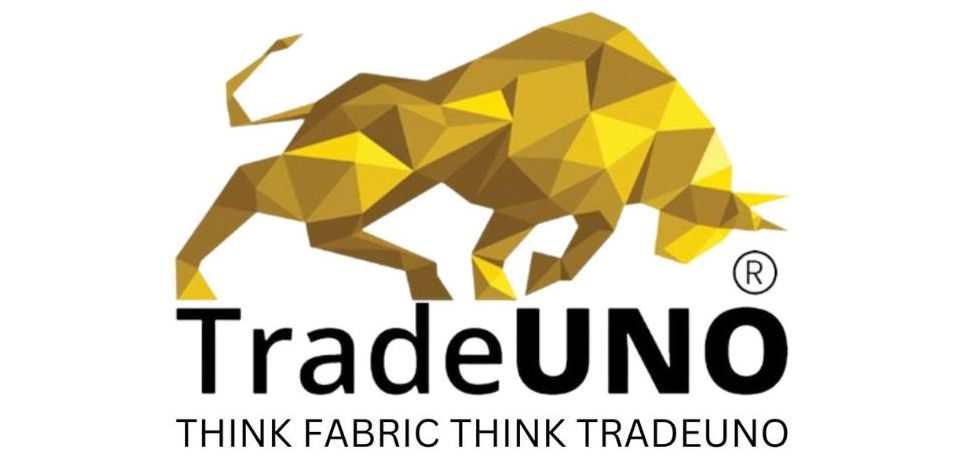Unstitched fabric that is offered in lengths or pieces and may be made into a variety of outfits, including dresses, suits, sarees, and lehengas, is referred to as dress material. The customer can alter the item to meet their exact size and preferred style. It can be a top fabric (kameez or blouse), bottom (pants, salwar, or skirt), and occasionally a dupatta fabric (scarf or shawl) for ethnic wear are all offered together as dress materials.
Kind of Dress Material
Dress material comes in various types of fabrics, each offering different benefits and looks in terms of texture, comfort, and suitability for various occasions. Common types of fabrics include:
Cotton fabric:
Lightweight, breathable, and comfortable, cotton fabric for dress materials are ideal for casual wear and everyday wear, especially in warm climates.
Silk fabric:
Luxurious and shiny, silk fabric for dress materials are often used for formal occasions and traditional wear, such as sarees, salwar suits, or lehengas.
Chiffon fabric:
Light, sheer, and flowy, chiffon fabric is popular for dresses and evening wear due to its elegant drape.
Georgette fabric:
A lightweight, sheer fabric with a slightly grainy texture, georgette fabric is ideal for party wear and formal outfits.
Crepe fabric:
Known for its crinkled texture and smooth drape, crepe fabric is widely used for dresses, sarees, and formal garments.
Velvet fabric:
Soft, luxurious, and warm, velvet fabric for dress materials are often used for winter wear or festive outfits.
Linen fabric:
Linen fabric is a breathable and strong fabric, ideal for summer wear or formal casuals, offering a natural, textured look.
Polyester/Blends fabric:
Easy to maintain and wrinkle-resistant, polyester or blended fabrics are used for both casual and formal dress materials.
Types of Garments Made from Dress Material
Dress material can be customized to make various garments that makes you feel comfortable and covered , including:
Salwar Suits:
A traditional three-piece outfit consisting of a tunic (kameez), trousers (salwar or churidar), and a dupatta (scarf). That looks elegant and traditional on any occasion.
Lehengas:
A long skirt paired with a blouse (choli) and a dupatta, typically worn for festive occasions or weddings.
Anarkali Dresses:
A long, flowy dress with a fitted bodice and flared skirt, popular in Indian fashion for its elegance.
Kurti and Palazzo Sets:
A tunic-style top paired with wide-legged pants (palazzo), often worn for casual and semi-formal occasions.
Sarees:
Although not commonly included as "dress material," sarees are sometimes sold with blouse pieces that can be tailored.
Factors to Consider When Buying Dress Material
Fabric Type:
Consider the event, the weather, and your comfort while selecting the fabric. Cotton fabric, for instance, is ideal for summer clothing, but velvet or silk fabric is preferable for special events.
Design and Embellishment:
If you prefer a more formal or festive style, take into account the fabric's design, embroidery, prints, or embellishments like beads or sequins fabric.
Length of Fabric:
Ensure the material provides enough fabric for the entire outfit, especially if you're making a more complex design with added layers or flares.
Color:
Choose a color that complements your skin tone and occasion. Dress materials come in a wide variety of colors, from neutrals to vibrant hues.
Weight of the Fabric:
Lighter fabrics like chiffon or georgette are good for flowy garments, while heavier fabrics like brocade fabric or velvet are suited for more structured outfits.
Care Instructions for Dress Material
- Cotton fabric: Machine wash in cold water; avoid bleach. Iron at a medium temperature.
- Silk Fabric: Hand wash in cold water or dry clean. Avoid exposure to direct sunlight.
- Chiffon and Georgette Fabric: Hand wash or machine wash on a gentle cycle in cold water. Do not wring. Air dry.
- Velvet Fabric: Dry clean only to maintain its texture and sheen.
- Linen Fabric: Hand wash or machine wash in lukewarm water. Iron while the fabric is still damp for best results.
FAQs
Why should I buy dress material instead of ready-made clothes?
Dress material allows for complete customization. You can tailor it according to your specific size and design preferences. It’s also great for people who want a personalized, unique outfit or have trouble finding the right fit in ready-made clothing.
2.What type of dress material is best for summer?
For summer, fabrics like cotton, linen, and lightweight chiffon are ideal due to their breathable, moisture-absorbing, and comfortable properties. These fabrics help keep the body cool and allow for airflow.
3.Can I use dress material for Western-style garments?
Yes! Dress material can be tailored into Western outfits such as dresses, skirts, tops, or even trousers. The versatility of dress material allows for a wide range of designs beyond traditional or ethnic wear.
4.Does dress material come pre-embroidered or plain?
Both options are available. Dress material can come plain, which allows you to add your own custom embroidery or embellishments, or it can be pre-embroidered, sequined, or printed, ready for tailoring.
 Call Us
Call Us